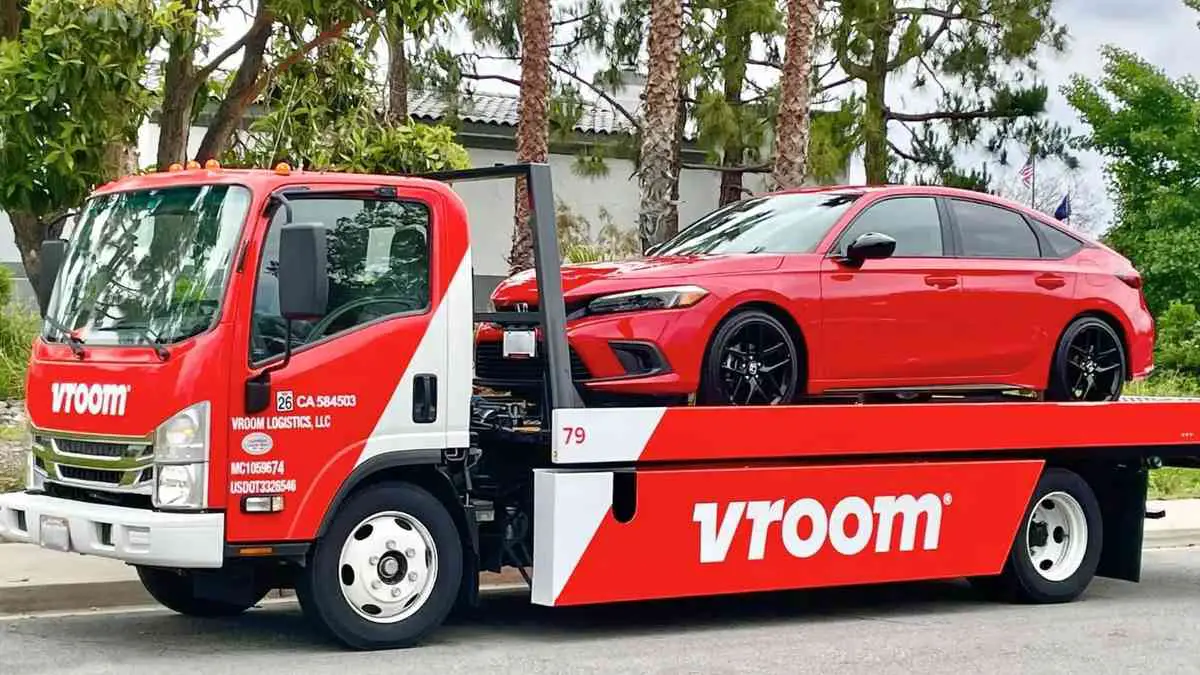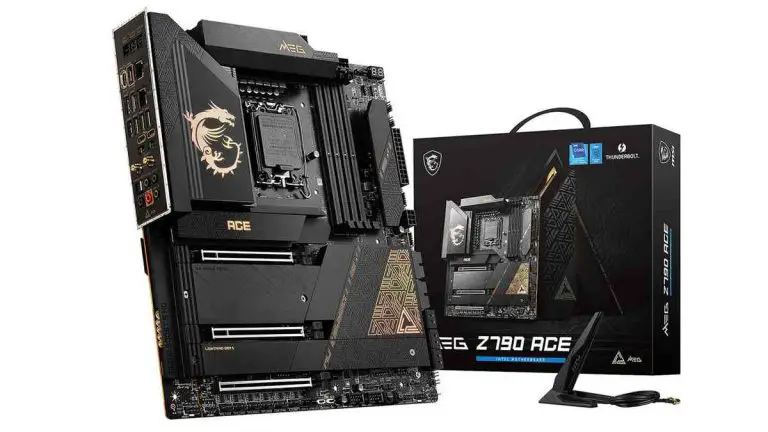In a stunning turn of activities, Vroom Automotive, the online used-car dealer that once rode excessively on a wave of investor enthusiasm, has shuttered its doors. After just 3.5 years, given its purple-warm initial public providing (IPO), Vroom finds itself in the throes of economic turmoil, mainly due to the suspension of its operations.
The Rise and Fall of Vroom
Vroom burst onto the scene in June 2020 with a reasonably predicted IPO. Investors were eager to dive into the arena of online used-car income, and Vroom’s stocks (ticker symbol: VRM) did now not disappoint. On its first day of buying and selling, VRM stocks surged by an impressive 117%, soaring from their $22 IPO fee to an outstanding $47.90. The stock continued its meteoric rise, reaching $73.87 on September 1, 2020.
However, as we look back now, it’s clear that plenty of Vroom’s fulfillment for the duration of this period can be attributed to what some would call “consensual hallucination.” Investors had been stuck within the exhilaration of the net used-automobile marketplace, ignoring the underlying troubles that might later be fatal.
Fast forward to the cutting-edge, and Vroom’s once-promising inventory is now trading at a mere $0.31, dealing with forthcoming delisting. The business enterprise’s fall apart and shutdown did not surprise people who intently accompanied the enterprise. In April 2022, we had already expressed worries about the future of Vroom and its friends, Carvana and Shift Technologies, all experiencing their existential crises.
A Pattern of Decline
Shift Technologies became the primary of the trio to succumb to monetary troubles. After going public through a merger with a Special Purpose Acquisition Company (SPAC) in October 2020, Shift’s inventory dwindled to close to worthlessness by August 2022. Desperate to live on, Shift merged with some other online used-vehicle SPAC, CarLotz, in a circulate that describes struggling entities coming collectively to burn through their final cash. In the long run, this partnership caused a financial ruin filing in October 2023, marking the cease of Shift Technologies.
Carvana, then again, has controlled to keep on, albeit with substantial financial turmoil. In July 2023, the corporation engaged in a distressed debt trade, persuading its unsecured word holders, such as personal equity firms led using Apollo, to change their debt for a reduced amount of the latest debt. This strategic move correctly wore out $1.2 billion of Carvana’s debt, resulting in a one-time advantage of $889 million inside the 1/3 zone. While Carvana continues to be operational, its economic acrobatics increase worries about its long-term sustainability.
Vroom’s Final Curtain
Vroom’s closure changed abruptly and left clients and employees in the lurch. The organization closed its website, posting a distinguished message on its front web page stating the cessation of all purchases and income from used vehicles. Vroom’s e-commerce operations were discontinued, and the used automobile dealership commercial enterprise wound down. For customers with pending transactions, the employer supplied hyperlinks to touch someone, including a layer of uncertainty and frustration.
In a thrilling twist, Vroom’s press release accompanying the shutdown statement nonetheless cited the enterprise as “a leading e-commerce platform for buying and selling used motors.” This fashionable enterprise lingo is regarded out of region given the dire situations, leaving one to be surprised if it turned into an oversight or a last-ditch try to keep a photograph of fulfillment.
Vroom’s SEC submission on the matter laid out the cruel realities of its scenario:
Ally Bank and Ally Financial had suspended Vroom’s credit score line for car purchases, rendering the enterprise unable to accumulate more automobiles. Vroom formally shut down its used-car e-trade and dealership commercial enterprise.
The enterprise might sell its remaining stock on the wholesale marketplace.
It deliberately held its subprime car lending platform, United Auto Credit (UACC), and the used vehicle list platform, CarStory. However, those segments often serve other used vehicle dealers.
Approximately 800 personnel, roughly 90% of the staff not related to UACC and CarStory, would face layoffs.
The financial toll of this shutdown remained uncertain due to various factors, including the liquidation of its used car inventory and ongoing obligations beneath contractual and rent agreements.
The Inventory Challenge
One excellent assignment facing Vroom is the uncertainty of liquidating its used vehicle inventory. Wholesale costs have been on a historical decline following the spike seen in the course of the pandemic. Trying to sell off inventory purchased at higher costs in a market wherein fees have dropped is a frightening project. The longer this process takes, the decrease the returns on that inventory are, in all likelihood, to be.
A Fundamental Issue
The disintegration of Vroom, alongside its peers, raises a fundamental query about the net used-car enterprise. These groups lost extensive quantities of money consistently, even at some stage in the growth times of the pandemic, while retail prices skyrocketed. Gross income reached remarkable tiers, but profitability remained elusive.
The truth is that those online used-vehicle sellers had yet to be designed to make cash within the traditional experience. Instead, they had been engineered to burn through investor coins. They succeeded in this regard, attracting considerable investments while failing to turn a profit.
The writing changed while the used-car marketplace shifted in early 2022. Retail and wholesale costs dropped, customers became more fee-conscious, and traders grew cautious of seeing their investments disappear into these cash-burning ventures.
The loss of life of Vroom serves as a stark reminder of the dangers of investing in companies that prioritize boom over profitability. While the online used-car enterprise held promise, it, in the end, proved unsustainable for lots of gamers. Investors must exercise warning and scrutinize the underlying business fashions of such groups before diving in.
Vroom’s downfall isn’t an isolated incident but a part of a more prominent fashion inside the online used-automobile industry. The appeal of a fast boom and innovation may be enticing, but it is critical not to remember the long-term financial viability of these corporations. As Vroom fades into history, it leaves us with treasured training approximately the perils of chasing hype without a strong foundation of profitability.






















+ There are no comments
Add yours